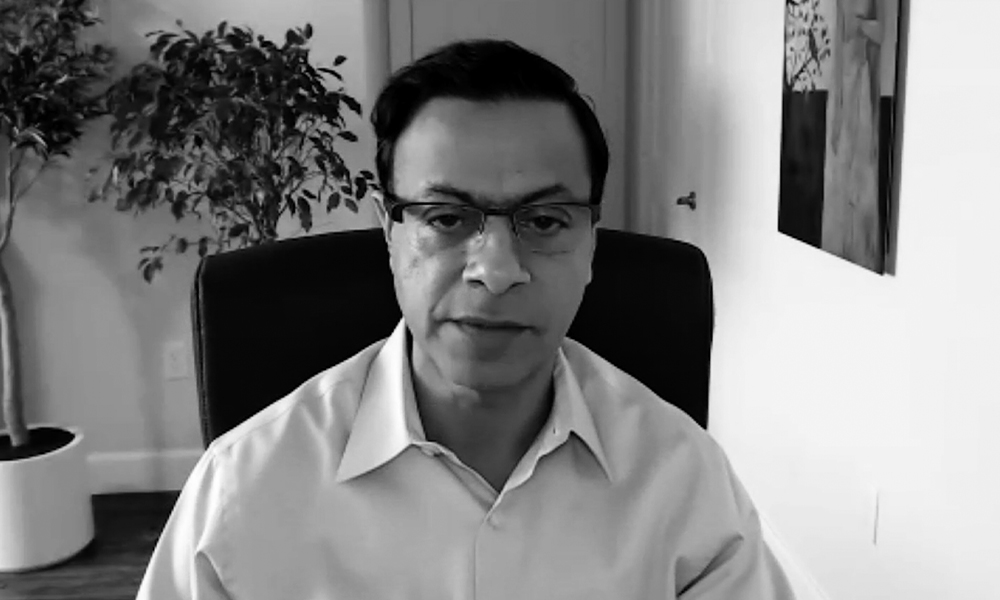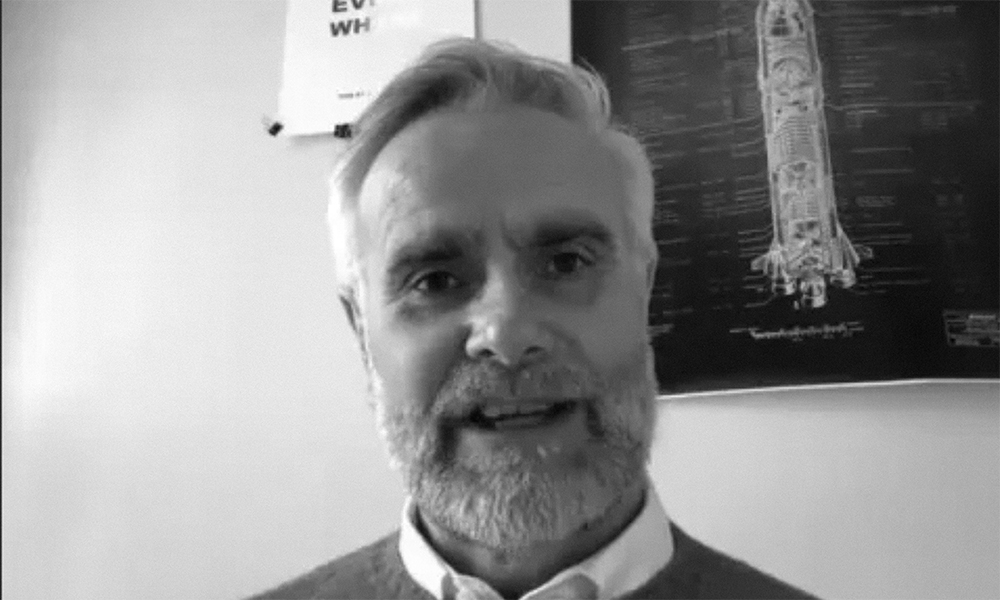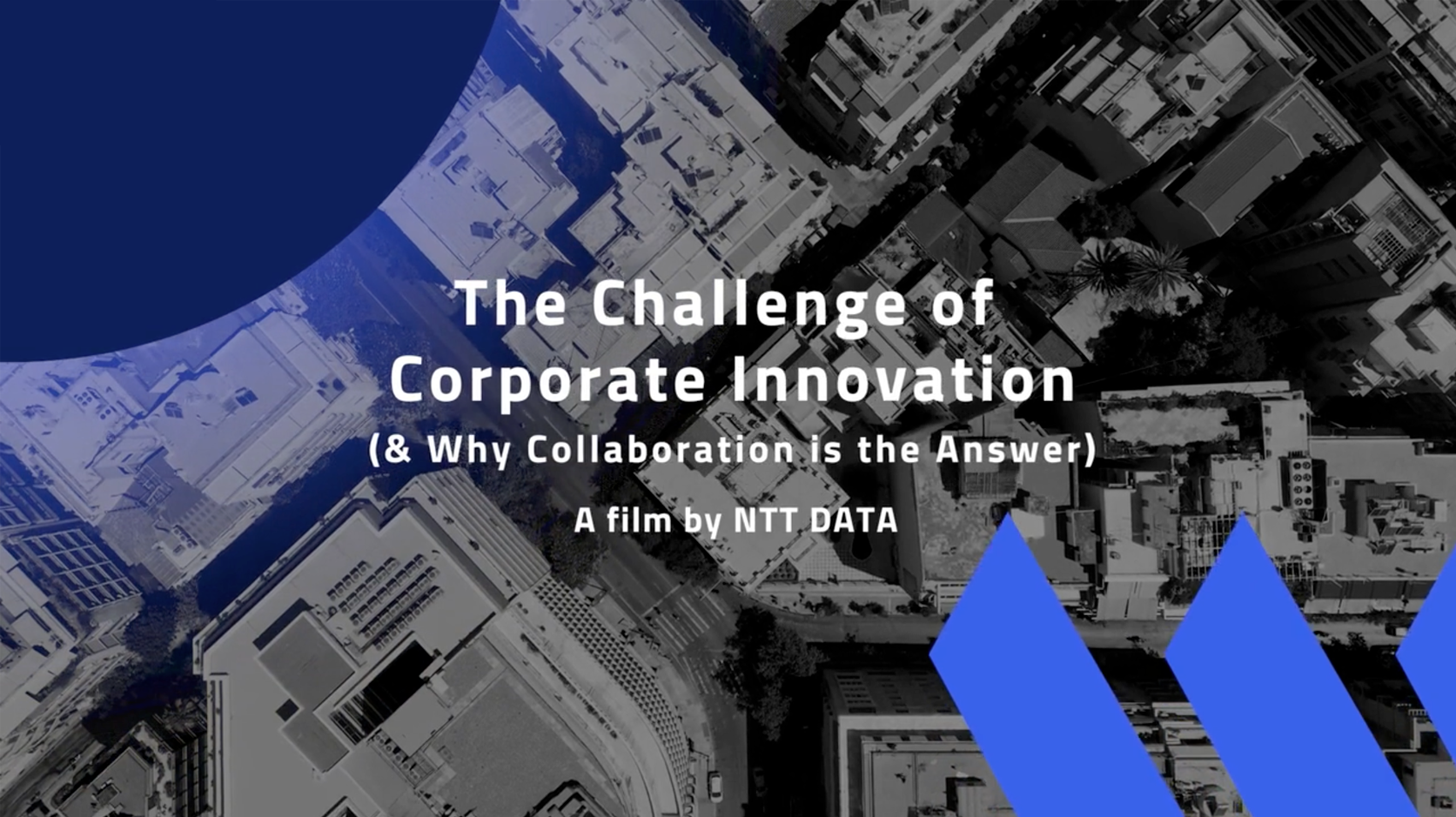
As the most pressing business concerns of the height of the pandemic begin to dissipate, some companies may feel that they now have more breathing room to turn their strategic focus to matters such as controlling operational costs, improving productivity and ultimately driving growth.
Yet the instability is far from over, and as we enter a time of economic and geo-political uncertainty, supply chain disruption and general market turbulence, others may feel they’ve barely had time to catch their breath at all; indeed,a competing urge for those in charge may be to batten down the hatches and weather the storm by playing it safe operationally-speaking, and sticking with what they know.
It’s in times of uncertainty, however, that innovation and the ability to adapt and transform become more crucial than ever – and those that can channel these priorities into a focus on operational efficiencies and agility will find themselves best positioned to achieve growth amidst the shifting terrains of this previously uncharted landscape.
A shift towards pragmatic innovation
Many of us are perhaps most accustomed to associating the concept of innovation with creativity rather than business operations; with product development, for example, or fostering collaboration through dynamic partnerships. Yet as we navigate through this period of disruption, more companies are shifting their innovation agendas to focus instead on improving agility and operational efficiencies – and that’s not a bad thing.
At its heart, this shift in priorities is grounded by an increased emphasis on developing engaging customer experiences, and the fact that technology is playing a more important role than ever in creating seamless experiences for both businesses and consumers.
In fact, our Innovation Index Survey of business and IT executives revealed that outdated technology is the number one challenge impacting innovation, with 38% (up from 15% a year ago) citing a lack of interoperability with legacy systems as the main obstacle standing in the way of modernization.
Investment in pragmatic innovation is not so much a shift away from creative innovation, but a necessity in creating the conditions for it to flourish in the first place.
With this in mind, investment in pragmatic innovation is not so much a shift away from creative innovation, but a necessity in creating the conditions for it to flourish in the first place. At NTT, for example, we are helping our clients move forward to a cloud-first strategy, migrate to modern technologies and create seamless customer experiences. Far from being boring, these pragmatic priorities open opportunities for more diverse innovation across the business.
Operating at speed and innovating at scale
While leaders anticipate a lot of disruption over the next few years, our research shows that very few feel prepared. Two thirds of businesses expect a negative operational impact over the next two years, but less than a quarter are prepared for the disruption.
In such a climate, the need for increased operational agility and efficiency is clear. The data bears this out: 45% of surveyed executives said that increasing process efficiency was their top organizational priority for the next two years, while 48% cited integrating new, modern technologies into processes as a key goal.
What we might term ‘traditional innovation’ is increasingly becoming a long-term play, with a focus on the gradual and continuous improvement of existing products and services believed to deliver the greatest ROI, according to 42% of respondents.
Organizations are recognizing the value of delivering incremental improvements in operational resilience, and becoming more confident and proactive in their approaches to the practical innovation required for this.
Meanwhile, organizations are recognizing the value of delivering incremental improvements in operational resilience, and becoming more confident and proactive in their approaches to the practical innovation required for this. In fact, according to survey data from the Business Continuity Institute (BCI), more than three quarters of organizations are developing or already implementing some form of operational resilience program – and adoption is even higher in tightly regulated sectors such as the financial services industry.
Top-level experiences are the bottom line
The pandemic created a new level of customer expectation and appreciation for seamless, high-quality experiences – and so while organizational innovation efforts transition towards the operational end of things, delivering experiences that meet this new standard remains top of mind. And the way to accomplish both is through technology.
Our Innovation Index revealed that more than one third (37%) of respondents believe that delivering quick, seamless experiences across channels is the greatest influence on customer satisfaction and loyalty – right behind product and service quality (48%).
Our Innovation Index revealed that more than one third (37%) of respondents believe that delivering quick, seamless experiences across channels is the greatest influence on customer satisfaction and loyalty – right behind product and service quality (48%).
To drive these kinds of seamless experiences, businesses require seamlessness in their own operations (a classic case of getting your own house in order before building castles for others). This will often require a move away from more siloed legacy technology systems that are hampering business productivity and efficiency. At NTT, we strive to help our customers drive these top-level outcomes by creating and implementing full-stack solutions tailored to their organizational needs.
Ultimately, sustainable growth and long-term value for businesses begins from within – and investing in pragmatic innovation now will act as the catalyst not only for greater efficiency and lasting operational transformation, but for creating the ideal conditions for greater innovation across the board.

















































